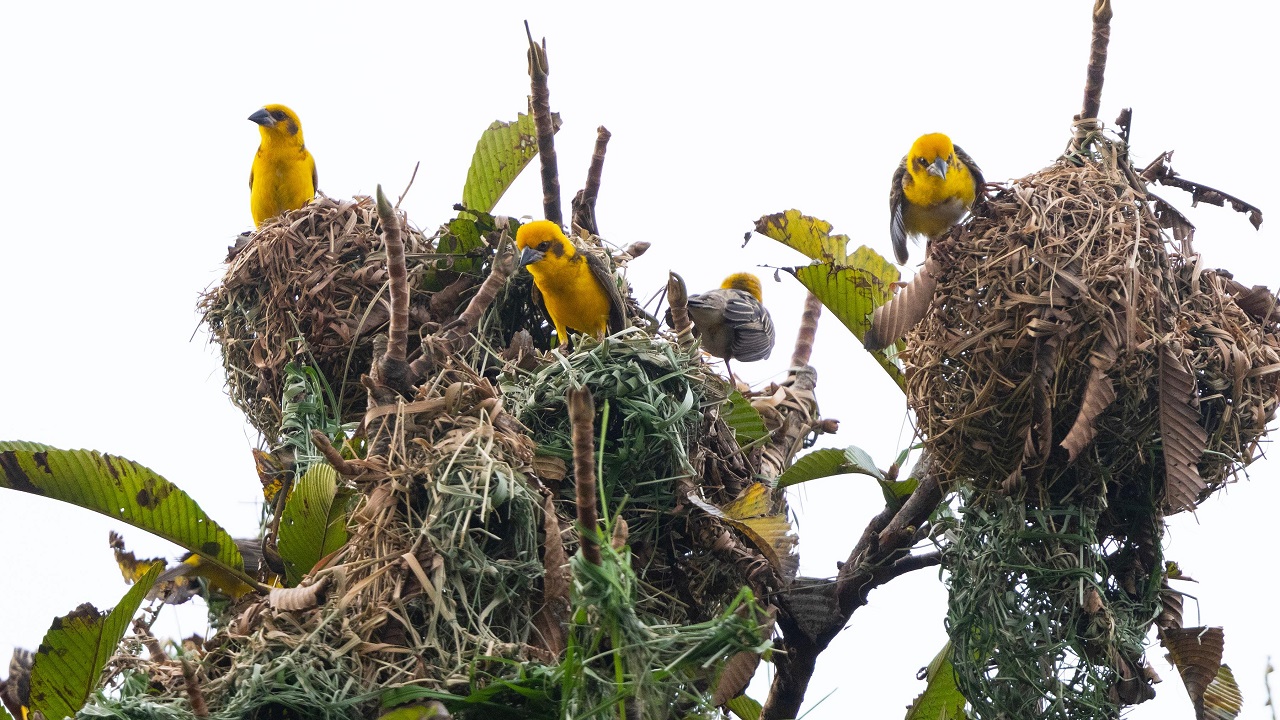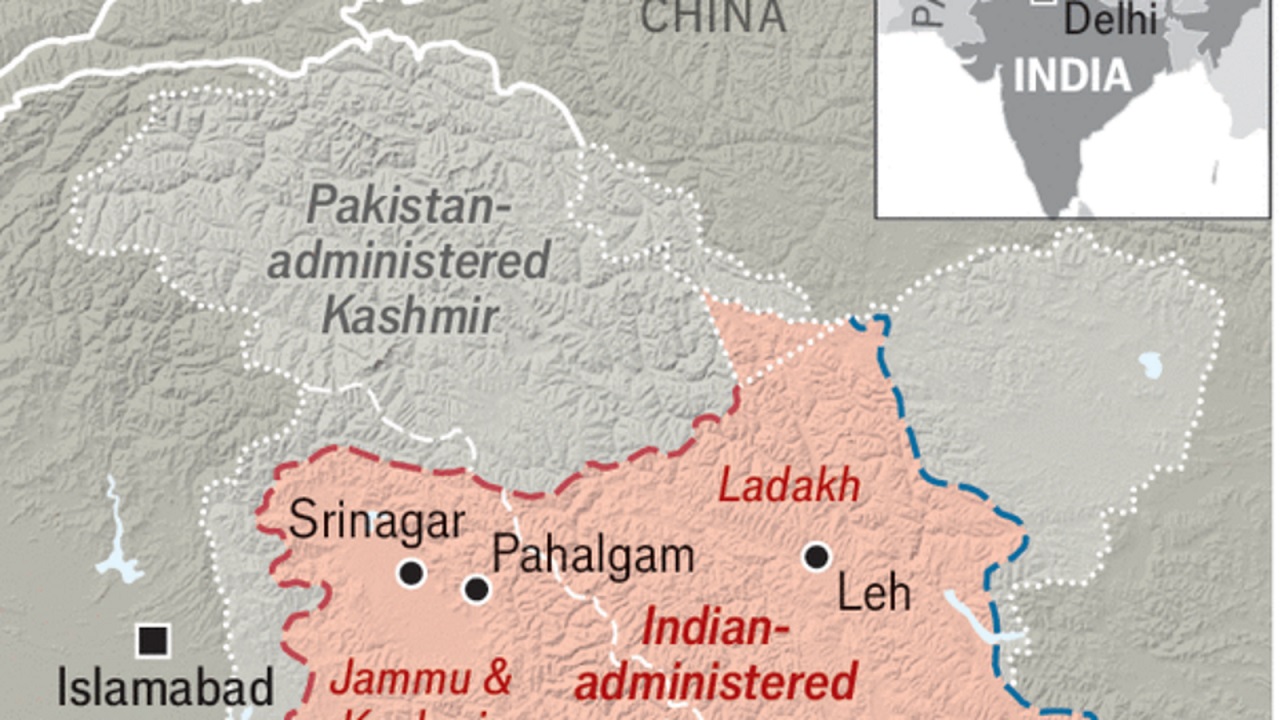Grassland Birds Under Threat: Insights from Kaziranga’s Census
Context
In his recent Mann Ki Baat address, Prime Minister Narendra Modi highlighted a significant conservation initiative—the first-ever Grassland Bird Census undertaken in Kaziranga National Park, Assam. This effort is seen as a crucial step towards assessing and conserving India’s fast-depleting grassland bird species, many of which are endangered or endemic to specific ecosystems like the Brahmaputra floodplains.
Introduction
Grassland birds are a unique group of species adapted to survive in open, grassy ecosystems. These birds not only reflect the health of grasslands but also face increasing threats from habitat degradation, climate change, and land-use conversion. The Kaziranga census stands out for its scientific methodology, especially the use of acoustic monitoring, and offers insights into the growing need for conserving these lesser-known but ecologically vital species.
Grassland Birds in India
-
Grassland birds inhabit open grasslands, playing a vital role as ecological indicators.
-
Their presence signals healthy ecosystems and balanced biodiversity.
-
Notable species include the Bengal Florican, Great Indian Bustard, Finn’s Weaver, Indian Courser, and Jerdon’s Babbler.
-
Many species are globally threatened, with shrinking populations due to rapid habitat loss.
-
Climate change has worsened these threats by altering grassland ecosystems.
-
Conservation requires:
-
Protection of grassland habitats
-
Scientific monitoring techniques like acoustic surveys
-
Focused policy interventions
-
-
Species endemic to Indian grasslands are of global conservation value; their extinction would be irreversible.
Kaziranga Grassland Bird Census: Objectives and Approach
-
A dedicated grassland bird census was conducted in Kaziranga National Park, where 70% of the area consists of grasslands.
-
The effort was led by forest officials, researchers, and conservationists, inspired by the work of Chiranjib Bora, a researcher studying the Black-breasted Parrotbill.
-
Supported by the INSPIRE fellowship from the Department of Science and Technology, the study aimed to:
-
Document the presence and distribution of rare and elusive species
-
Focus on 10 priority species either globally threatened or endemic to the Brahmaputra floodplains, including the Bengal Florican, Swamp Francolin, and Finn’s Weaver
-
Assess species diversity and habitat preference
-
-
A total of 43 species were recorded, including:
-
1 Critically Endangered species
-
2 Endangered species
-
6 Vulnerable species (IUCN Red List)
-
Innovative Use of Acoustic Monitoring
-
Traditional visual surveys were ineffective for detecting small, shy, and camouflaged birds.
-
The team employed passive acoustic recorders, placed on tall trees in 29 locations during the breeding season (March–May).
-
Recorders captured bird calls over three consecutive days, generating large audio datasets.
-
Spectrograms and BirdNet, a machine learning-based tool, were used to analyze and identify species based on their vocalizations.
-
This method helped detect elusive species that might have gone unnoticed using conventional techniques.
Key Findings and Ecological Significance
-
The presence of various species confirms the ecological richness of Kaziranga’s grasslands.
-
The most notable finding was a breeding colony of the endangered Finn’s Weaver, including over 85 nests, offering rare insights into its nesting behavior and breeding ecology.
-
The survey reaffirms the role of Kaziranga as a critical habitat for grassland bird conservation in India.
Major Threats to Grassland Birds
-
Assam has lost approximately 70% of its grasslands over the past four decades.
-
Key drivers include:
-
Overgrazing by livestock
-
Conversion of grasslands into agricultural land
-
Ecological succession, where grasslands transition into forests
-
-
Species endemic to the northeastern region are at severe risk; extinction here would result in global extinction.
-
Climate change further compounds these threats, causing altered habitats and declining populations, as seen in the Bengal Florican.
-
There is a need for long-term scientific monitoring to understand these dynamics and inform conservation strategies.
Conclusion
The Kaziranga Grassland Bird Census is a landmark initiative that blends scientific innovation with urgent conservation needs. By documenting rare species and employing advanced monitoring tools, it brings attention to the often-overlooked grassland ecosystems and the birds that inhabit them. Going forward, sustained habitat protection, research investment, and strong policy support will be crucial to secure the future of India’s grassland bird diversity.

.jpg)


Comments (0)